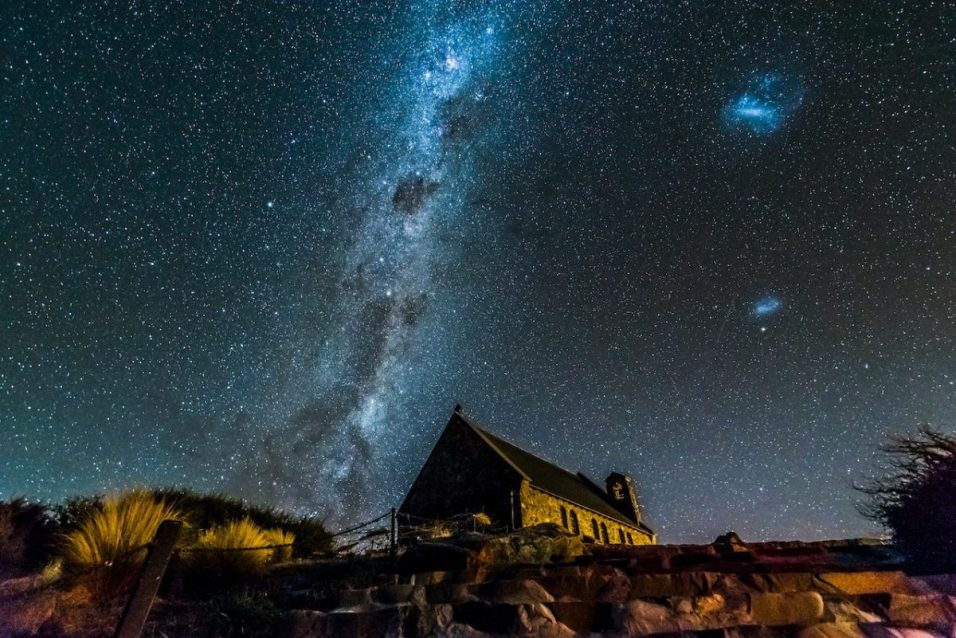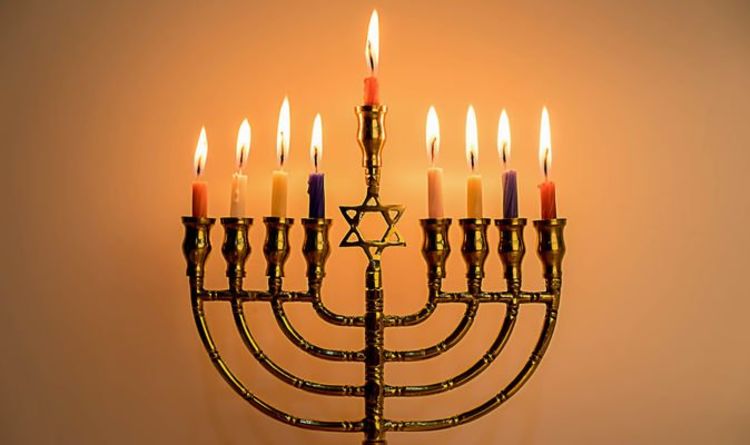“Stars are essentially huge balls of gas and fire millions of lightyears away from us. But on earth, they are much more than just another science thing. Here, stars are the people who have left us forever, or the tells of the universe holding all the answers, or the innocence of a little child who wishes for a puppy more than anything else in the world. Stars are a way for humans to comfort themselves and make peace with the workings of the universe.”
Whoever wrote these lines probably doesn’t live in a city like most. So they must have the luxury of being able to just look up and soak in all the calm and glitter from the stars. Don’t we all sometimes wish to escape everything, sit under the blanket of stars and think about life? But driving yourself after a week of work can become such a hassle, and especially if you want to go stargazing in the nooks of the country, taking a cab could sound better.
And that’s where we come in. With Savaari, you can book a taxi from anywhere, and chauffeured car with an experienced driver will be present to take you on a beautiful, safe and comfortable journey and stay with you as you find your peace under the sky. Drooling at the thought but don’t know where to start? We’ve got you covered. We have curated a list of all the stargazing places in India where you can take a Savaari from the metropolitan jungles to the best sites around.
Table of contents
- Places for stargazing near Delhi
- Places for stargazing near Bengaluru
- Places for stargazing near Mumbai
- Places for stargazing near Kolkata
- Pro tips for a stargazing novice
- Upcoming celestial events
- Savaari’s prediction
Top 14 stargazing places in India
1. Places for stargazing near Delhi
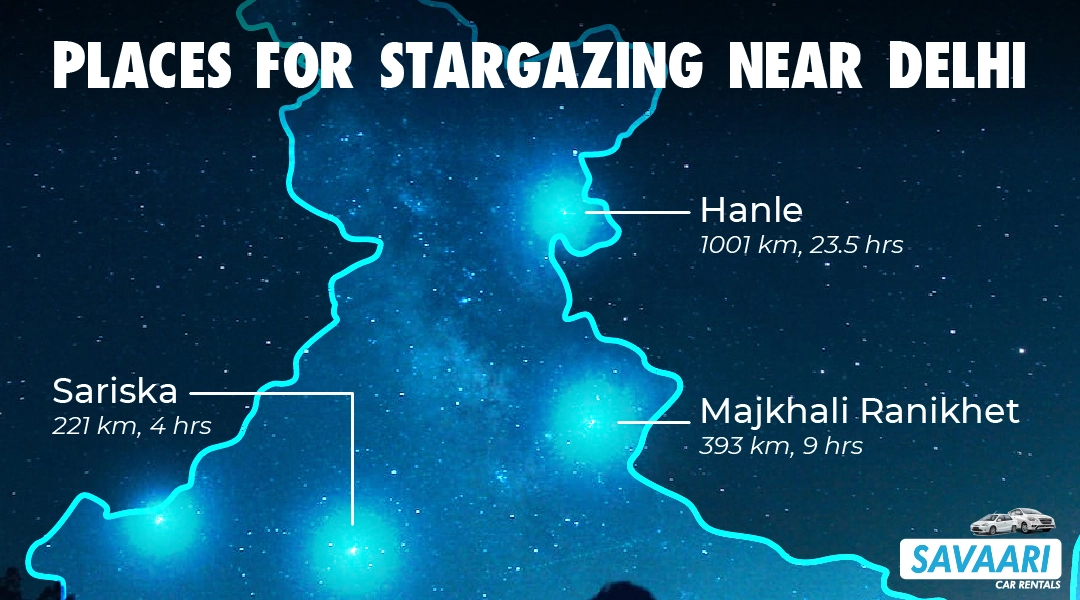
Majkhali Ranikhet, Uttarakhand
Majkhali is the pride of Uttarakhand when it comes to stargazing. It is a tiny remote village near Ranikhet which is what makes it so perfect for looking at stars. The town is away from population and thus away from pollution. You can come here to spot the Dhruv Tara or the Ursa Major constellation. If you want to stay there looking at the stars till as late in the night as you wish, booking a Savaari from Delhi to Ranikhet would be a good idea, as getting a ride back late at night can be challenging.
Distance from Delhi: 393 KM
Duration by road: 9 hrs (Approximately)
Cost of one-way trip: ₹5,000 (Approximately)
Best time to visit: April to June
Look out for: The Pole star and Ursa Major constellation
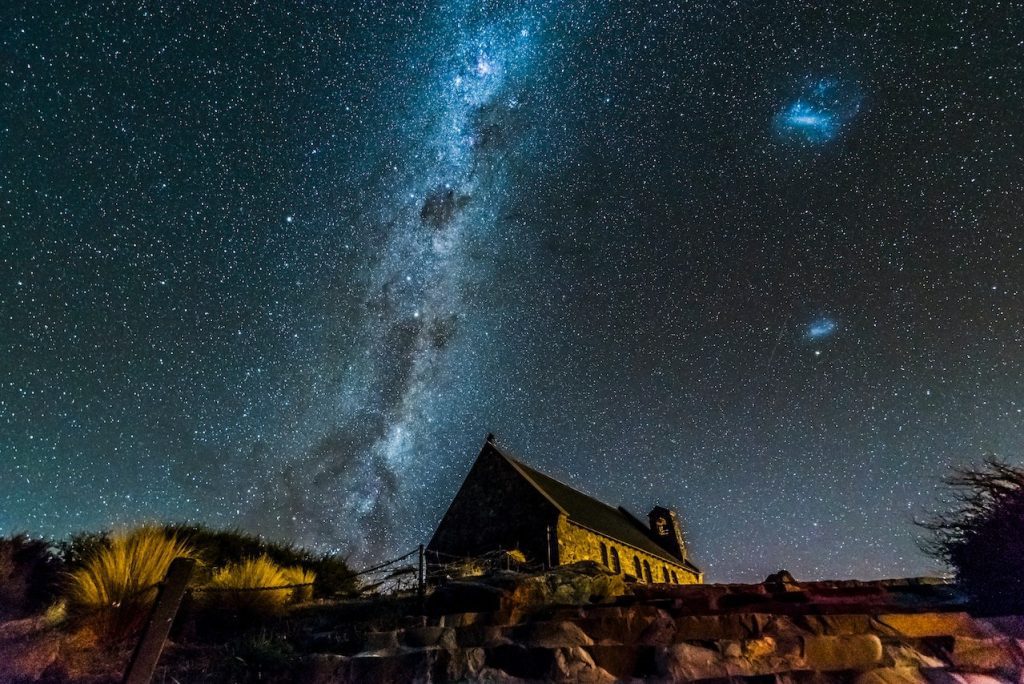
Hanle Observatory, Ladakh
Hanle is a small village in Ladakh, India. It is a popular destination for stargazing in north India. Its remote location, high altitude, and clear skies make it one of the best stargazing places in the world. The Hanle Observatory is located in the village and is home to some of the world’s most powerful telescopes and is open to the public for stargazing tours. The observatory was established in 1996 by the Indian Institute of Astrophysics (IIA) and is currently operated by the National Centre for Radio Astrophysics (NCRA).
The IAO houses a 2-meter diameter optical-infrared telescope, called the Himalayan Chandra Telescope (HCT), which is used for astronomical research in areas such as star formation, galaxies, and cosmology. The beauty of the Hanle night sky is enhanced by the tranquillity of the village and the surrounding Himalayan landscape. The clear and dark skies of Ladakh make it an ideal destination for stargazing and astrophotography. Our drivers at Savaari definitely advise covering famous spots like Pangong Tso, Turtuk and Nubra Valley stargazing in India on the same trip by taking detours and making halts. With Savaari, you never have to miss anything. Make your journey your own by planning it however you want.
Distance from Delhi: 1001 KM
Duration by road: 23.5 hrs (Approximately)
Best time to visit: May to October
Look out for: The milky way galaxy, Andromeda galaxy and Northern lights.
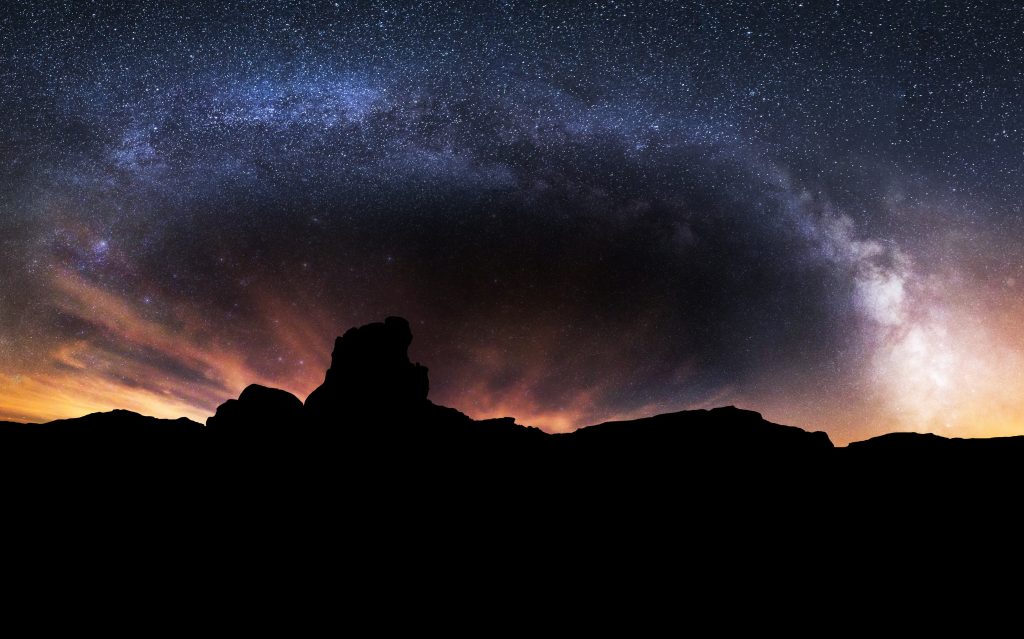
Spiti Valley – Himachal Pradesh
Spiti Valley, located in the northern Indian state of Himachal Pradesh, is one of the best places to go stargazing in India due to its remote location, high altitude, and clear skies. The valley is situated at an altitude of over 12,000 feet, making it an ideal place to witness the stars, planets, and galaxies.
There are several spots in Spiti Valley that are great for stargazing, including the villages of Kibber and Langza, which have little to no light pollution. You can also visit the Komic Monastery, one of the highest monasteries in the world, which offers breathtaking views of the night sky. Places like Dhankar and Tabo have a landscape with a monastery and mountains, perfect for stargazers and photographers looking for a gorgeous blend of man-made creations and nature.
It’s important to note that Spiti Valley is a remote location, and proper precautions should be taken when traveling there. Additionally, the best time to visit for stargazing is from September to November when the skies are clearest.
Distance from Delhi: 715 KM
Cost of one-way trip: ₹18867 (Approximately)
Duration by road: 15 hrs (Approximately)
Best time to visit: September to November
Look out for: The Milky Way galaxy, Orion Nebula, the Lagoon Nebula, Eagle Nebula and shooting stars
Sariska, Rajasthan
Sariska is the country’s second darkest place, making it the perfect spot for the first Astro resort in India. The drive from Delhi is just the perfect amount of road trip and is ideal for a quick visit to the stars over the weekend. It is also one of the most visited places in places in India for stargazing. The Astroport resort is a must-visit on your trip if you want to enjoy a night under the stars, sleep in tents, and learn all about the twinkling lights in the sky. Our drivers who frequent this route also recommend enjoying nature and wildlife at the Sariska Tiger Reserve. Book a Savaari from Delhi to Sariska and give yourself a chance to have a worry-less holiday stargazing in Rajasthan.
Distance from Delhi: 221 KM
Cost of one-way trip: ₹2,500 (Approximately)
Duration by road: 4 hrs (Approximately)
Best time to visit: October to February
Look out for: The milky way galaxy
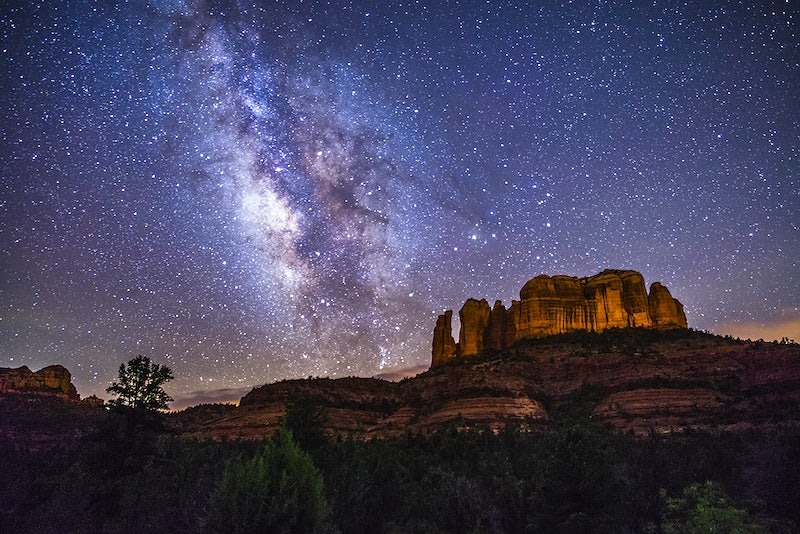
2. Places for stargazing near Bengaluru
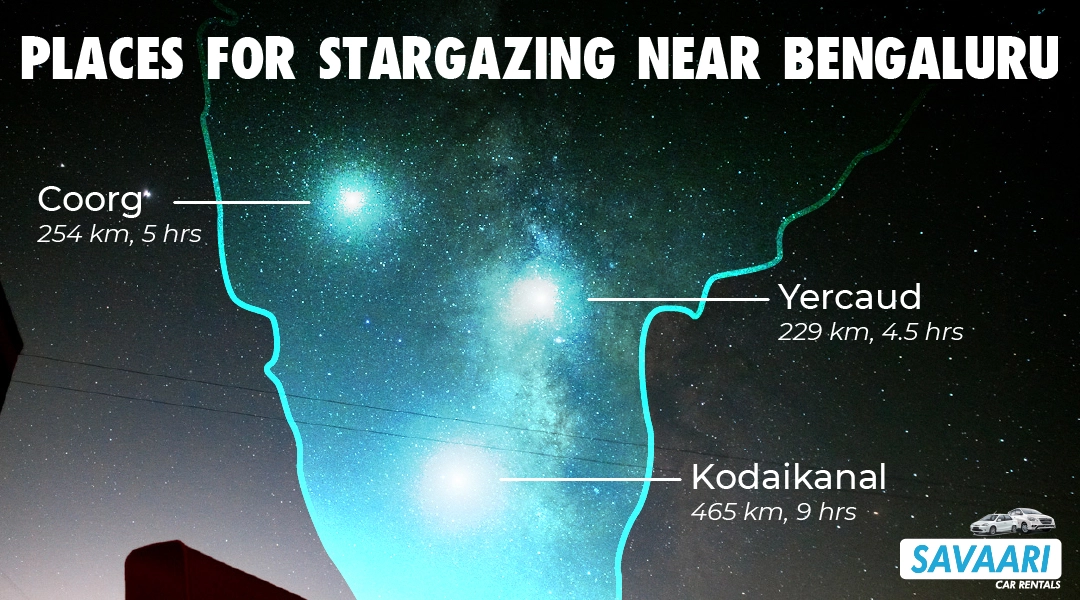
Yercaud- Tamil Nadu
Most hills in Tamil Nadu offer a starry sky on a clear night, but Yercaud offers beautiful spots, especially if you’re a severe stargazer with your own equipment. This is one of those stargazing places in India where most of the time you will find clear skies. Carrying expensive equipment can be tricky, but you don’t have to worry with Savaari’s trustable cab rides, which will ensure the safety of your belongings. In addition, the place offers spots opening up to the valley with minimal light pollutants. It is one of the best places to see milky way in India.
Distance from Bengaluru: 229 KM
Duration by road: 4.5 hrs (Approximately)
Cost of one-way trip: ₹4,500 (Approximately)
Best time to visit:October to June
Look out for: Check out this site for planets visible from Yercaud on different dates.
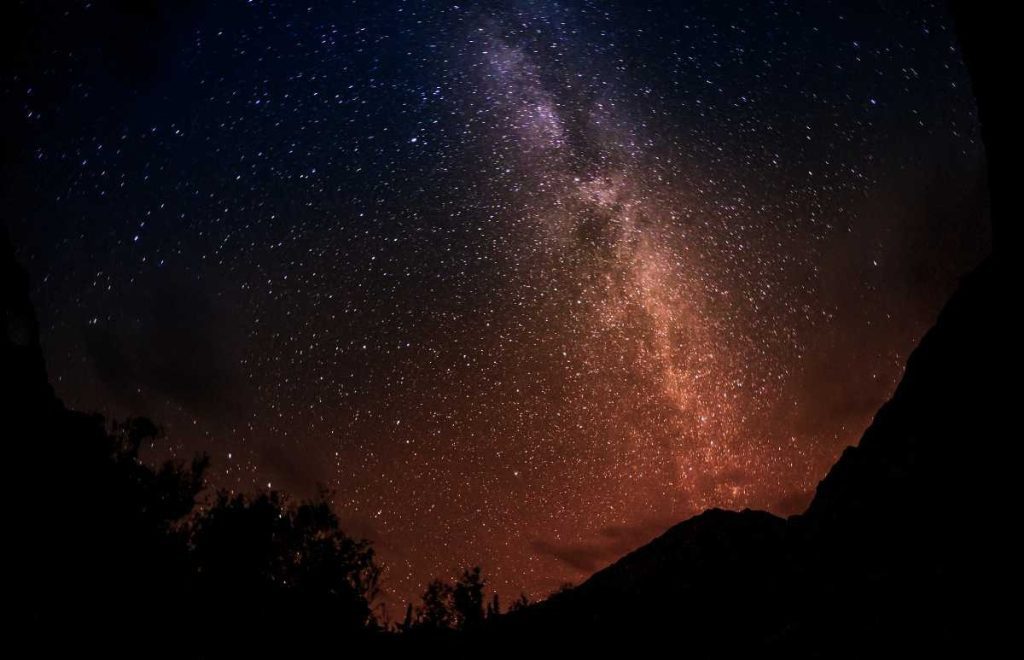
Koidaikanal- Tamil Nadu
Kodaikanal, a hill station nestled in the Western Ghats of Tamil Nadu, is a popular destination for stargazing. Its high altitude and clear skies make it ideal for observing celestial bodies. You can head to the Kodaikanal Solar Observatory, established in 1899, which offers telescopes for public viewing. Another option is to trek up to the nearby observatory peak for a panoramic night sky view. It is one of the best places for stargazing in south India. Booking a ride with Savaari from Bengaluru to Kodaikanal comes with not only an experienced driver but also the safety of having a car ready to go in case of emergencies in these remote areas. The best way to comfortably travel to your stargazing spot is by booking a Savaari from Bengaluru.
Distance from Bengaluru: 465 KM
Duration by road: 9 hrs (Approximately)
Cost of one-way trip: ₹7,500 (Approximately)
Best time to visit: November to February
Look out for: The milky way galaxy, the Orion constellation, and shooting stars.
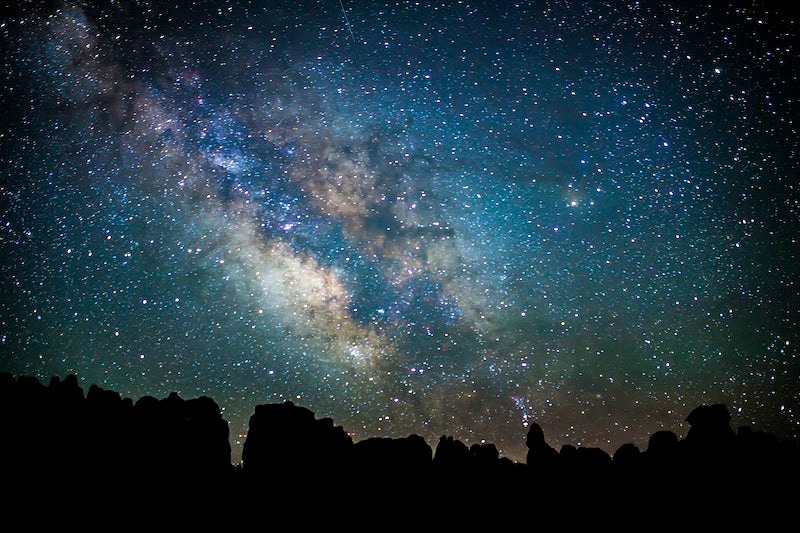
Coorg- Karnataka
Coorg, also known as Kodagu, is a popular hill station in the southern Indian state of Karnataka. The mountains surrounding the viewpoint make it an ideal location to witness the beauty of the stars twinkling against the dark sky. The Brahmagiri Wildlife Sanctuary, located nearby, is another excellent location for stargazing, as it is situated far from any light pollution. With its clear skies and breathtaking views of the night sky, stargazing in Coorg is an experience not to be missed. With the suggestions from Savaari’s experienced drivers, you can head to places like Raja’s Seat, a popular viewpoint in Coorg, to gaze at the night sky safely, as the car will stay with you for as long as you want.
Distance from Bengaluru: 254 KM
Duration by road: 5 hrs (Approximately)
Cost of one-way trip: ₹4,000 (Approximately)
Best time to visit: November to February
Look out for: The milky way galaxy.
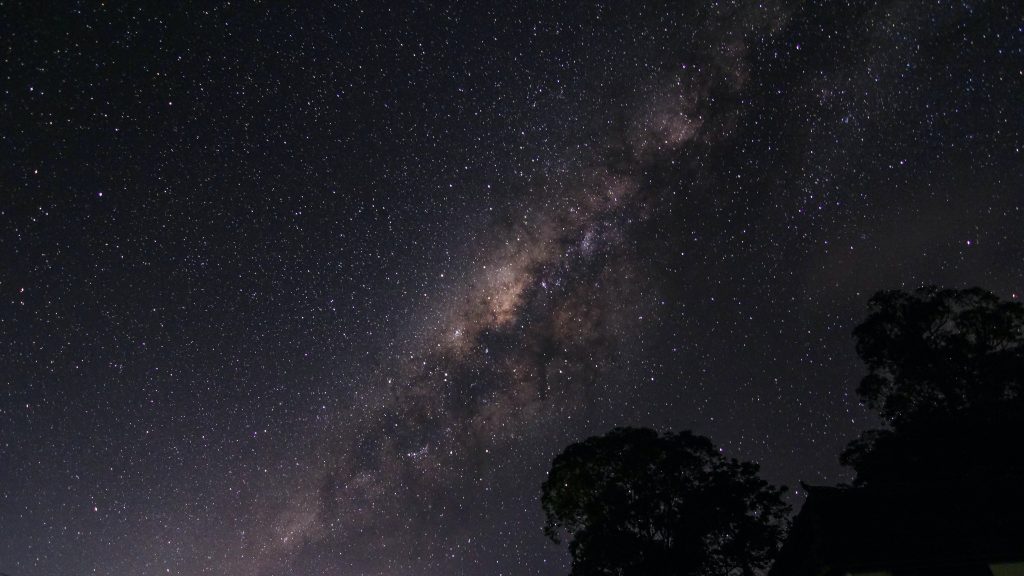
Vainu Bappu Observatory, Tamil Nadu
The Vainu Bappu Observatory is located on the top of the Javadi Hills, near the town of Kavalur in Tamil Nadu, India. It is one of the premier astronomical observatories in India, and is named after the pioneering Indian astrophysicist Vainu Bappu. The observatory has several telescopes, including a 2.3 meter Vainu Bappu Telescope, which is one of the largest telescopes in Asia. The telescope is equipped with state-of-the-art instruments and is used for a variety of astronomical research, including the study of stars, galaxies, and other celestial objects.
You can visit the observatory and participate in the various outreach programs and workshops that are conducted there. These programs are designed to provide visitors with an opportunity to learn about astronomy and the universe, as well as to observe the night sky through the telescopes. If you are interested in star gazing, the Vainu Bappu Observatory is an excellent destination. The observatory is located in a remote area, away from the light pollution of cities, which makes it an ideal location for observing the night sky. Whether you are an amateur astronomer or a seasoned professional, you will find the observatory to be a fascinating and rewarding destination for star gazing.
Distance from Bengaluru: 254 KM
Duration by road: 3.5 hrs (Approximately)
Cost of one-way trip: ₹4,500 (Approximately)
Best time to visit: October to March
Look out for: Nebulae, zodiacal light and celestial objects
3. Places for stargazing near Mumbai
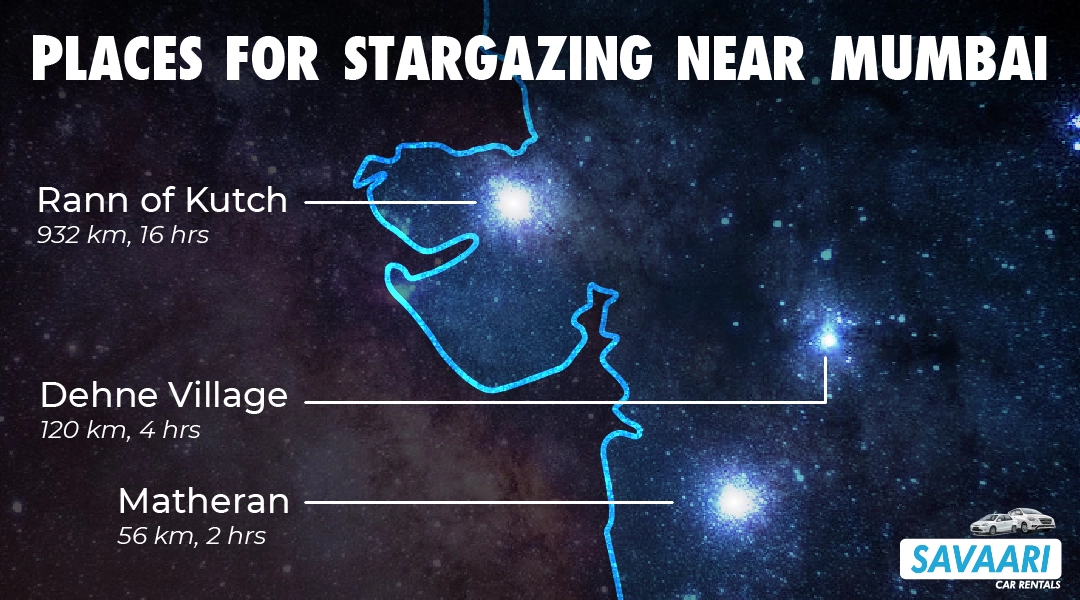
Rann of Kutch, Gujarat
With its expansive open terrain and minimal light pollution, the Runn offers unparalleled views of the night sky. During the full moon, the stark white landscape of the desert adds an extra dimension to the stargazing experience. The famous rann festival is hosted under the clear sky & is also know for stargazing activity places in India. Savaari allows you to easily camp out in the desert and observe the stunning Milky Way galaxy, shooting stars, and constellations visible to the naked eye. You can put all your camping gear in the cab and be on your way to camp out in the desert and sleep peacefully under the sky, knowing that all your belongings are taken care of. Stargazing in the Rann of Kutch is an unforgettable experience, as you can witness the vastness of the universe against the serene backdrop of the salt desert.
Distance from Mumbai: 932 KM
Duration by road: 16 hrs (Approximately)
Cost of one-way trip: ₹15,500 (Approximately)
Best time to visit: November to February
Look out for: Orion, Taurus and Gemini constellations and the Milky Way galaxy.
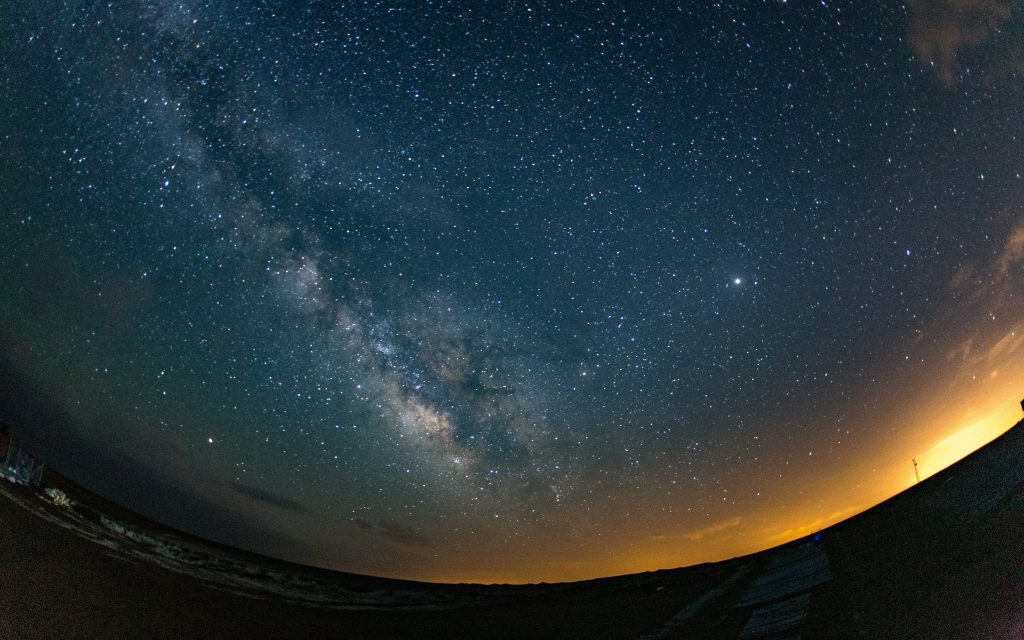
Matheran, Maharashtra
Matheran is located at a high altitude and away from the hustle and bustle of the city, making it an ideal spot for observing celestial bodies. Savaari’s experienced drivers suggest heading to Louisa Point, which offers panoramic night sky views. The cool breeze and quiet atmosphere add to the overall experience. In addition, Matheran’s lack of light pollution provides clear skies, making it easier to spot stars and constellations. Booking a Savaari from Mumbai to go stargazing in Matheran is a perfect way to escape the city’s chaos and immerse oneself in the beauty of the night sky.
Distance from Mumbai: 56 KM
Duration by road: 2 hrs (Approximately)
Cost of one-way trip: ₹2,000 (Approximately)
Best time to visit: November to February
Look out for: The milky way galaxy.
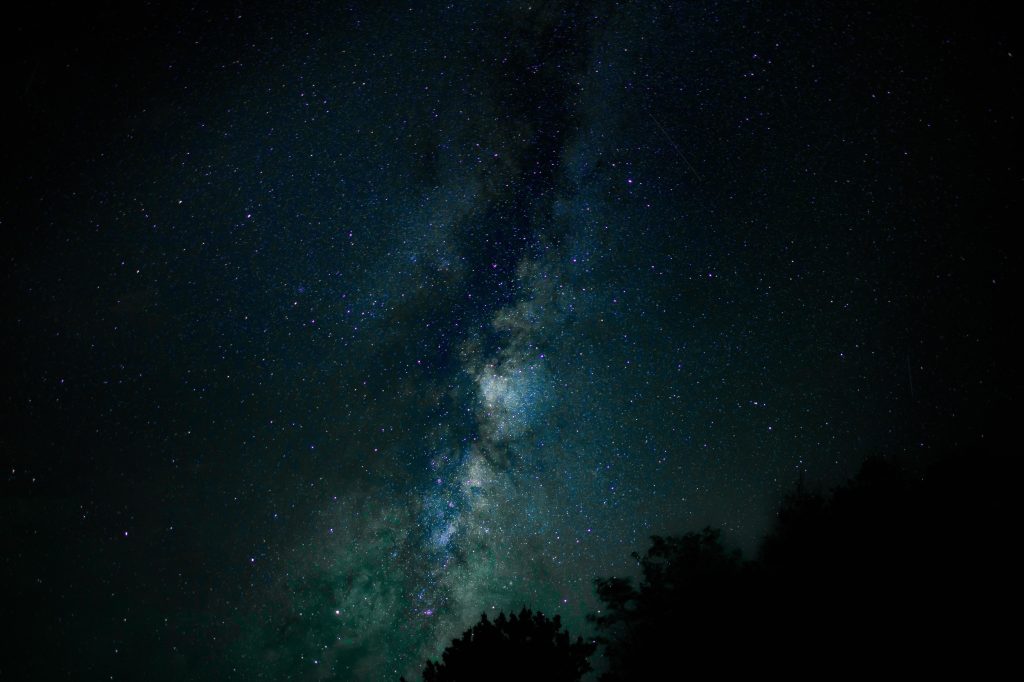
Dehne Village, Maharashtra
Dehne village, located in the Nashik district of Maharashtra, is a lesser-known but excellent destination for stargazing enthusiasts. The village is surrounded by lush green hills, providing a perfect vantage point to observe celestial bodies. You can camp out in the village’s open fields and witness the mesmerising sight of the Milky Way galaxy, shooting stars, and constellations. This is one of the closest places for stargazing near Mumbai, India. Due to the village’s remote location, people are advised to have vehicles with them at all times during the night. However, we understand that no one likes missing out on such experiences, and that is why with Savaari, you can book a cab from Mumbai and have the cab stay with you all night long as you immerse yourself in the serene surroundings and witness the vastness of the universe against the peaceful backdrop of the rural landscape.
Distance from Mumbai: 120 KM
Duration by road: 4 hrs (Approximately)
Best time to visit: November to February
Look out for: The milky way galaxy.
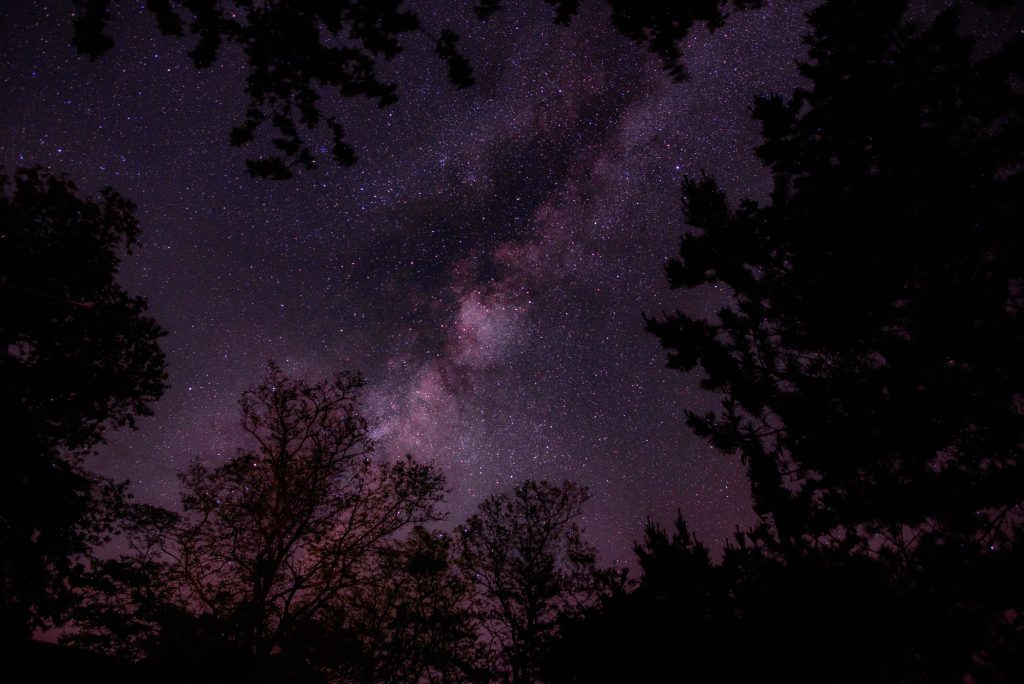
4. Places for stargazing near Kolkata
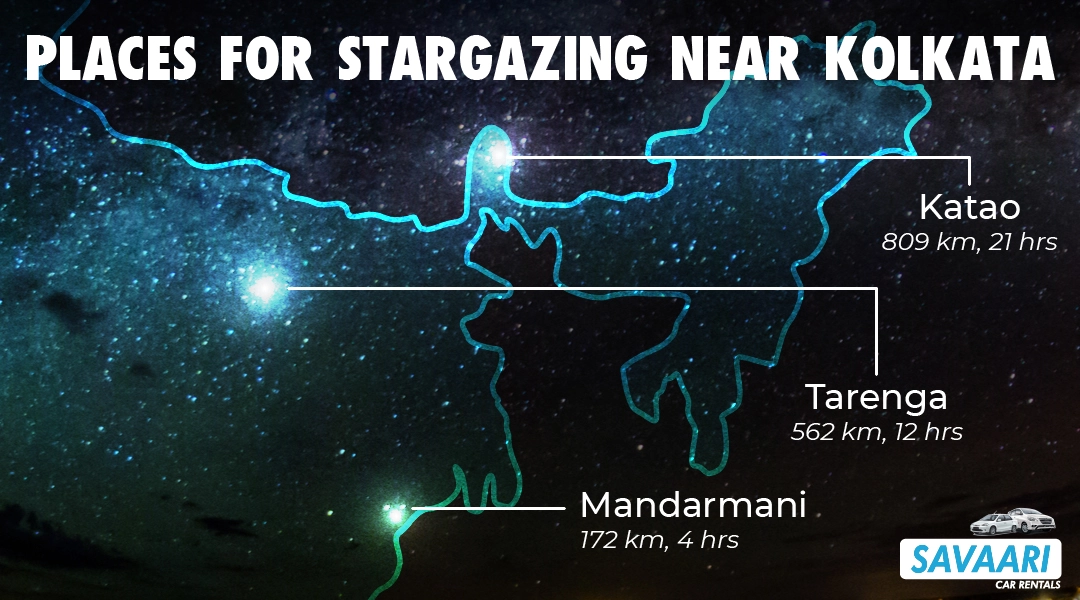
Katao, Sikkim
Katao, located in the northern Indian state of Sikkim, is a remote destination that offers excellent stargazing opportunities. Its location at a high altitude and away from urban areas makes it an ideal spot for observing celestial bodies. You can trek up to the nearby Nathula Pass, which offers a stunning panoramic view of the night sky. The trek can be very tiring, and driving back after it is exhausting. That is why we recommend booking a Savaari from Kolkata to enjoy the incredible experience that allows you to witness the vastness and beauty of the universe against the peaceful backdrop of the mountains.
Distance from Kolkata: 809 KM
Duration by road: 21 hrs (Approximately)
Best time to visit: March to June
Look out for: Check out this site for planets visible from Katao on different dates.
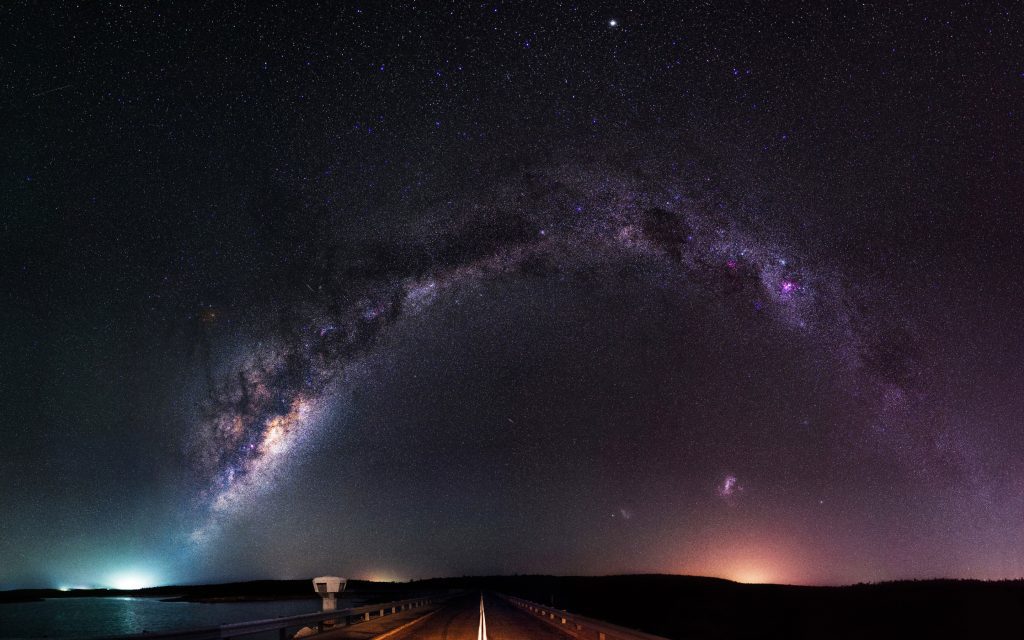
Mandarmani, West Bengal
The view of the night sky in Mandarmani is breathtaking, with stars twinkling brightly against the dark expanse. The town’s secluded location and the absence of artificial light make stargazing here a unique experience. You can spend a serene evening under the stars, appreciating the beauty of the universe while listening to the gentle sound of the waves. Mandarmani’s stargazing experience is undoubtedly a treat for astronomy enthusiasts, nature lovers, or anyone seeking a peaceful and memorable experience. Booking a Savaari in Mandarmaninmakes it possible to to see meteor showers, such as the Perseids in August or the Geminids in December. Our drivers are well-versed with the routes, so you can enjoy looking at the stars and leave the worry of driving back to reach the office with them.
Distance from Kolkata: 172 KM
Duration by road: 4 hrs (Approximately)
Cost of one-way trip: ₹3,200 (Approximately)
Best time to visit: August to February
Look out for: The summer triangle (Vega, Deneb, and Altair stars), planets like Jupiter, Mars and Saturn and meteor showers.
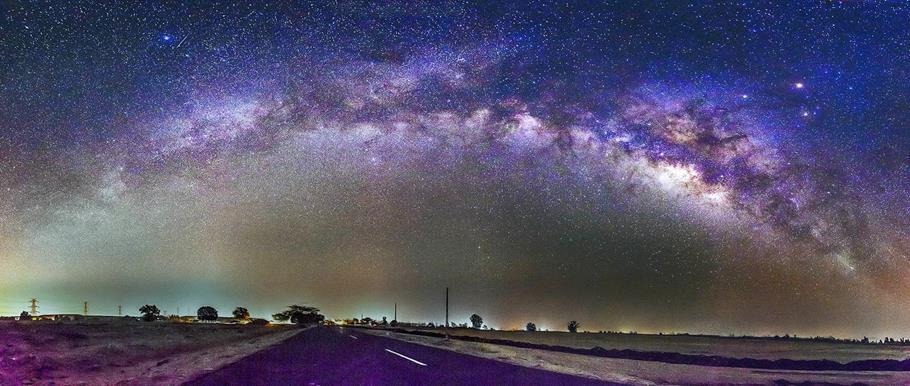
Tarenga, Bihar
Tarenga is a small town in the state of Bihar, India. It offers a unique opportunity for stargazing enthusiasts with its location in a rural area, it is relatively free of light pollution, allowing for clear views of the night sky. It is among the lesser-known stargazing places in India. Savaari’s drivers are well-versed with the town and will be able to guide you to the best places for stargazing in India and get the most expansive views of the sky and will also give you company, take care of your belongings and drive you back home safely. Stargazing becomes the easiest with Savaari.
Distance from Kolkata: 562 KM
Duration by road: 12 hrs (Approximately)
Best time to visit: August to February
Look out for: Orion’s belt, Jupiter, Saturn and the milky way galaxy.
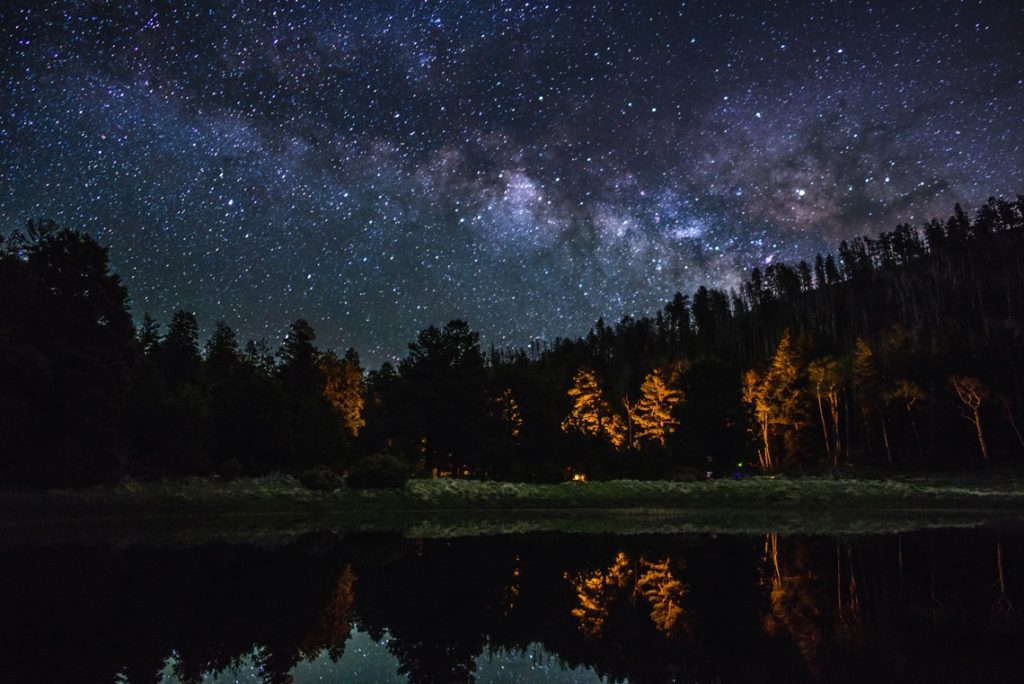
Pro- tips for a stargazing novice
- Having a vehicle at your service is always better when you’re going stargazing. Stargazing is an experience that is best held in remote nooks and corners of the country, so it is advisable to have a vehicle ready for emergencies.
- Stargazing is highly dependent on the weather conditions and the clarity of the sky, so you should always plan the trip after checking the weather conditions and the best month for stargazing in India. You can use this link to check for weather conditions and visible planets. The best time for stargazing in India is usually during winter and in April & May when the sky is clear.
- Always carry a night bag with any supplies you may need if you are stuck and need to spend the night outside. Because of the remote locations, it is possible that you get stranded in a place without a signal, so it is better to be prepared for such a situation.
- You can use various applications that help locate elements in the night sky, like the planets, constellations and stars. SkyView App, Sky Walk- 2, and Star Tracker are some examples.
- Although you can spot stars with the naked eye in most of these places on a clear night, bringing binoculars, among other stargazing equipment, is advised.
Upcoming Celestial Events in 2024 – A Guide
April 15 – May 27: Eta Aquarid Meteor Shower
The Eta Aquarids are visible annually in April and May as Earth traverses the cosmic debris from Comet Halley. This meteor shower is more spectacular in the Southern Hemisphere, recognized as one of its most abundant annual showers. In the northern regions, the shower displays fewer meteors, typically 10 to 30 per hour, and is best viewed lower in the sky. Optimal viewing conditions are expected around the new moon on the morning of May 6, enhancing visibility. The meteors, known for their high speed at approximately 148,000 miles per hour, may leave luminous trails in the sky. For the best experience, find a dark location before dawn, lie back facing east, and gaze upward.
May 3-6: Earthshine
During this period, the phenomenon of Earthshine—sunlight reflecting off Earth to illuminate the moon’s dark side—can be observed. Visible before sunrise in the eastern sky, this subtle glow is also known as the Da Vinci glow, named after Leonardo da Vinci who first described it.
May 9: Mercury at Greatest Western Elongation
Mercury reaches its greatest western elongation on May 9, providing an excellent opportunity to view this elusive planet. Look to the eastern horizon just before sunrise. Caution is advised to avoid looking directly at the sun as it rises.
August 11 – August 13: Perseid Meteor Shower
Regarded as one of the year’s most dazzling showers, the Perseids, along with the December Geminids, light up the sky with fast, bright meteors. Favorable summer temperatures make this a not-to-be-missed astronomical event, with about 50 to 100 meteors per hour visible under ideal conditions. The peak occurs on the night of August 12 and into the early morning of August 13. Although the moon will be half-lit, it sets at midnight, offering excellent pre-dawn viewing opportunities. The Perseids originate from comet 109P/Swift-Tuttle, a significant near-Earth object known for its large size.
September 18: Partial Lunar Eclipse
Observers across North and South America, Europe, and Africa can witness a partial lunar eclipse on the morning of September 18. This type of eclipse happens when only a segment of the moon enters Earth’s shadow. This event occurs about twice a year when the moon’s orbital angle aligns precisely with Earth’s shadow. Viewing a lunar eclipse does not require special eye protection.
October 12 – October 19: Comet Tsuchinshan-ATLAS Close Approach
The comet Tsuchinshan-ATLAS, or Comet A3, discovered in early 2023, will make its closest approach to Earth around October 12, passing about 44 million miles away. It is expected to be visible to the naked eye and potentially brighter than some past notable comets, drawing considerable interest from the astronomical community.
September 26 – November 22: Orionid Meteor Shower
The Orionids, stemming from the famed Halley’s Comet, peak on October 20-21. While the full moon on October 17 may hinder the view, you can still expect to see 10 to 20 meteors per hour. Viewing is best in a dark, open area where you can look in any direction.
December 4 – December 17: Geminid Meteor Shower
The Geminids, one of the most impressive meteor showers, climaxes on December 14. Despite the moon being nearly full, the brightness and frequency of the meteors—up to 120 per hour—make this an event worth experiencing. Dress warmly and consider a hot beverage to enjoy while you watch the meteors from any part of the sky.
Savaari’s prediction – Rise in stargazing in India
Over the last couple of decades, we have witnessed a spread of the concrete jungle around us. With increasing pressure, pollution, population and overall chaos, people have turned to the calmness of nature to ease themselves. Savaari predicts a rise in people who would take up stargazing to take a moment of peace in our ever-racing lives. With the introduction of Astro-themed, stargazing resorts in India resorts and the ongoing trend of stargazing getting more organised, Savaari believes that we will witness an increase in the number of trips centred around looking up at the sky. Although logistical issues like owning vehicles have suppressed stargazing trips till now, safety issues in remote areas or difficulty in finding exact spots for stargazing, with Savaari, all these issues get solved, and stargazing has become a hassle-free experience. To book your stargazing trip, download the Savaari App on your Android or iOS device.
Last Updated on May 2, 2024 by Shabari Shankar
